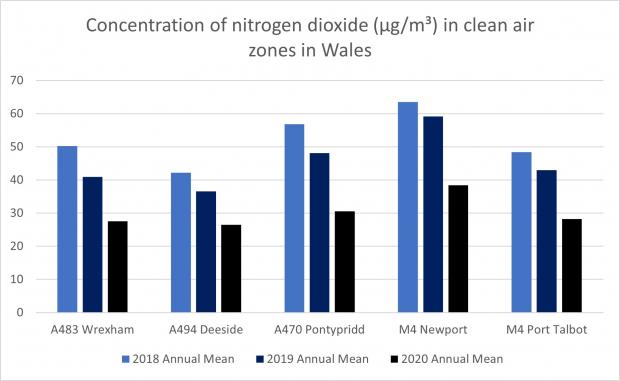Estimates suggest emissions due to fires may turn atmospheric carbon sink Siberian taiga forests into source of carbon
The Central and Eastern Siberian Taiga region saw 13,000 fires in the 2016-2020 period and the burned area was a little over 16 MHa. Photo: iStock
While some regions around the world, such as eastern China, have reported lower pollution levels, decadal data analysis has suggested that newer geographies are now experiencing high levels of fine particulate matter 2.5 (PM2.5) emissions.
Quantification of PM2.5 geospatial data — Monthly Global Estimates of Fine Particulate Matter and Their Uncertainty — by Down To Earth (DTE) shows the polar regions, which are sparsely populated, are reporting much higher levels of PM2.5 when compared to a decade back as seen in the map.
PM 2.5 is defined as particulate matter with a diameter less than or equal to 2.5 microns and is linked to significant health concerns.

As per DTE’s analysis, the Central and Eastern Siberian Taiga (CEST) region has reported the maximum decadal increase in pollution levels, percentage-wise. In 2010, the annual mean PM2.5 levels were a little less than six micrograms per cubic metre of air (μg/m3). By 2021, the levels had shot up to over 16 μg/m3 — a rise of over 180 per cent.
But a more granular analysis of year-on-year data for the CEST region showed it was not unique to just 2021. In fact, CEST has experienced a gradual rise in PM2.5 emission since 2011, as seen in the chart.
So why would a sparsely populated region like CEST be reporting such a high uptick in pollution levels? DTE got in touch with one of the authors of the dataset, Aaron van Donkelaar. However, they could not identify the exact reason behind the sharp rise.
The decadal rise could be linked to “influence of emissions from fires in Siberia”, according to Evgenii Ponomarev, lead author of Current Trend of Carbon Emissions from Wildfires in Siberia.
Read more: Climate change and wildfires – how do we know if there is a link?
DTE accessed data for fire activities in the CEST region and tried to correlate it with emission data on a year-on-year basis but could not find any coherent pattern that could effectively link pollution rise in the region to a rise in fire activities.
This could be because the number of hotspots (fire count in the region) is not the most important indicator, according to Ponomarev.
“I think that the values of the areas of fires (burnt area) are more significant. They indeed vary from year to year and have a positive trend. We showed this in our article,” he told DTE.
The total area burnt annually due to wildfires in Siberia has increased over 150 per cent — from over six megahectares (Mha) of land (2005-2011 average) to a little over 16 Mha in the 2016 to 2020 average, the study said.
Fire counts often act as a standard indicator for a rise in emissions. But interestingly, an increase in actual fire counts does not translate to a proportional increase in emissions. This is because the burned area could be smaller, irrespective of the actual fire count activities.
The study summarised this best while comparing fire counts between the two periods, 2011-2015 and 2016-2020. The 2011-2015 period reported over 17,000 fire counts and the burned area was over 15 Mha. On the other hand, the 2016-2020 period saw 13,000 fires but the burned area was a little over 16 MHa.
Read more: UN takes note of global indigenous fire practices to control wildfires
This anomaly in actual wildfire counts to burnt areas, according to Ponomarev, has to do with Fire Radiative Power (FRP) or the intensity of fire.
According to another study conducted by him and his team, Wildfire Intensity and Fire Emissions in Siberia, roughly “30% of Siberian boreal forests, including the Arctic zone, are characterised by an increase in the proportion of areas of high-intensity fires over the last decade. A significant increase in areas burned by high-intensity fires is observed in the zone of light coniferous forests of Central/Eastern Siberia”.
So what does it mean for the polar regions as emission levels are at an all-time high? According to the study, further increase “annual emissions from fires may be the primary reason for the transition of Siberian taiga forests from an atmospheric carbon sink to the source of carbon”.
We are a voice to you; you have been a support to us. Together we build journalism that is independent, credible and fearless. You can further help us by making a donation. This will mean a lot for our ability to bring you news, perspectives and analysis from the ground so that we can make change together.



